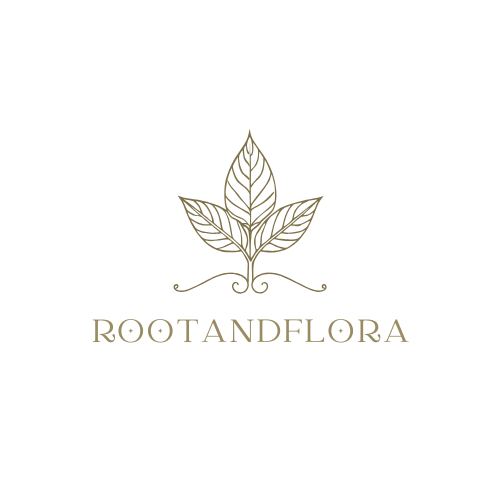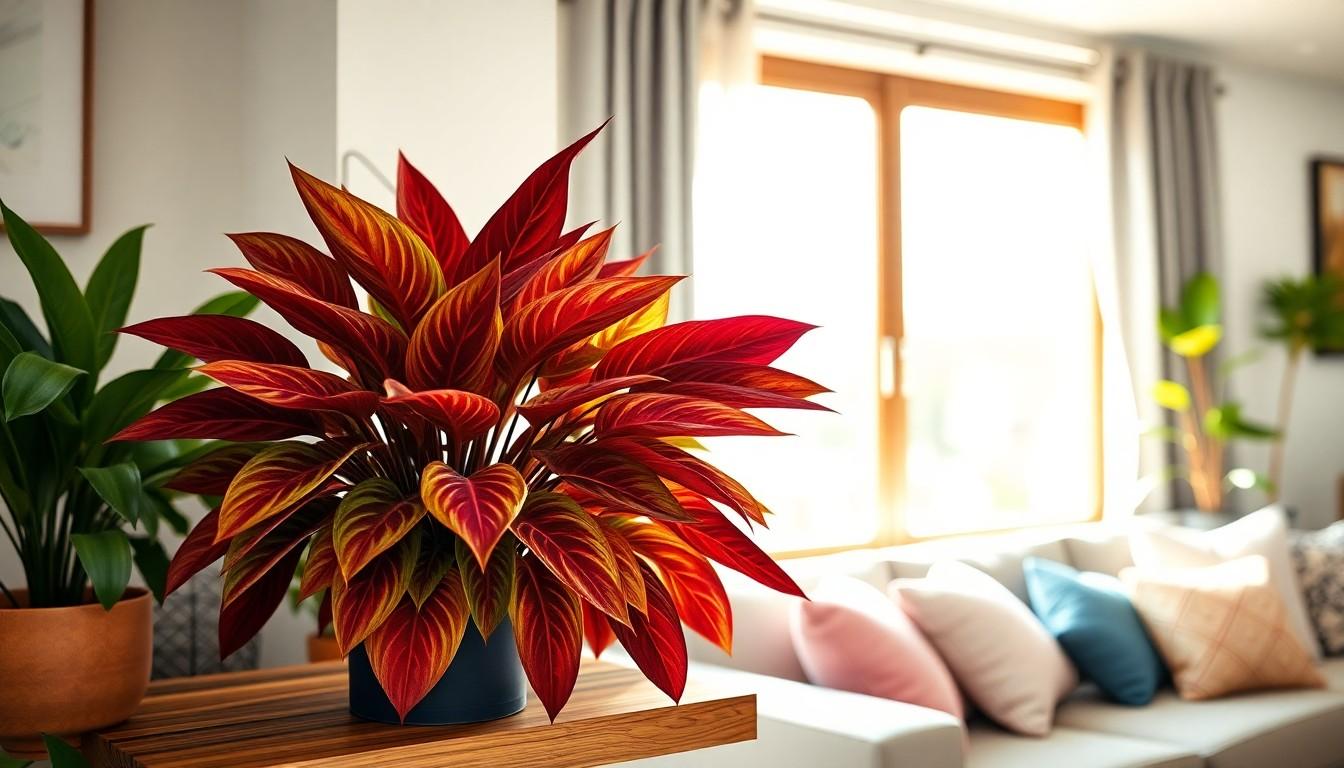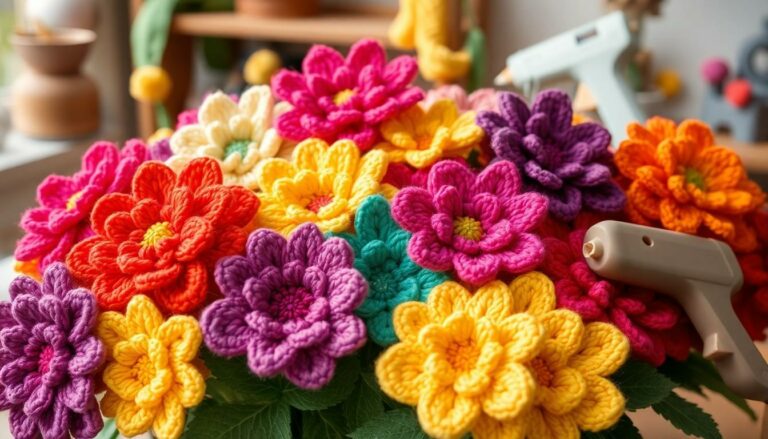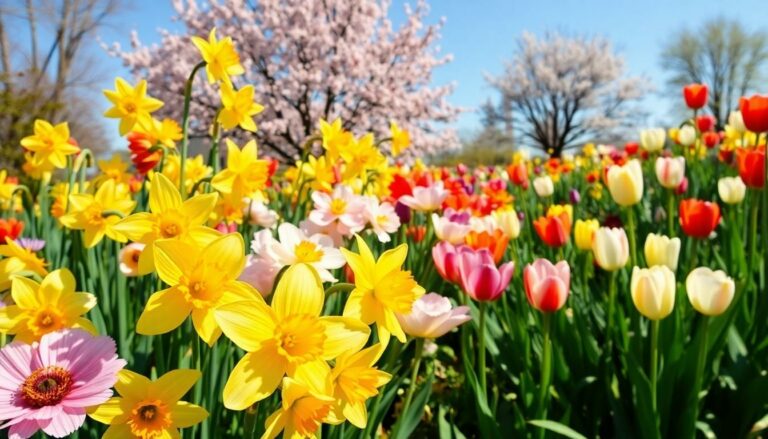Red indoor plants are the secret weapon every home decorator needs. They bring a splash of vibrant color that can transform a dull space into a lively oasis. Who needs boring beige walls when you can have a fiery focal point that sparks joy and conversation? Plus, these plants don’t just look good; they can also purify the air, making your home feel fresher and healthier.
From the striking Red Aglaonema to the stunning Anthurium, red indoor plants come in various shapes and sizes, perfect for any room. They’re like the little bursts of happiness that not only brighten your space but also your mood. So why not embrace the bold side of indoor gardening? Dive into the world of red indoor plants and discover how they can elevate your home decor game while keeping things fun and fabulous.
Overview of Red Indoor Plants
Red indoor plants offer striking visual interest and serve various purposes. Known for their vibrant colors, these plants attract attention and elevate the ambiance of any room. Varieties such as the Red Aglaonema and Anthurium not only enhance aesthetics but also contribute to air purification. They thrive in low light conditions, making them suitable for various indoor environments.
Foliage variety plays a significant role in the appeal of red plants. Some features deep red leaves while others display eye-catching red blooms. Growth habits differ among species, with some growing compactly and others spreading gracefully. That diversity adds layers of interest to home decor.
Maintenance of red indoor plants typically requires minimal effort. Regular watering ensures healthy growth, and light requirements often align with standard indoor lighting. Pests aren’t commonly associated with these varieties, resulting in lower maintenance levels.
Integrating red indoor plants into decor can spark creativity and encourage bold design choices. Arranging multiple types offers stunning displays, creating focal points in living areas or offices. They complement neutral palettes and add warmth to spaces that may otherwise feel cold.
The symbolism of the color red also enhances their appeal. It signifies energy, passion, and vitality, making these plants particularly suitable for energetic environments. Choosing the right red indoor plants personalizes a space, reflecting individual tastes and encouraging a vibrant atmosphere.
Benefits of Red Indoor Plants
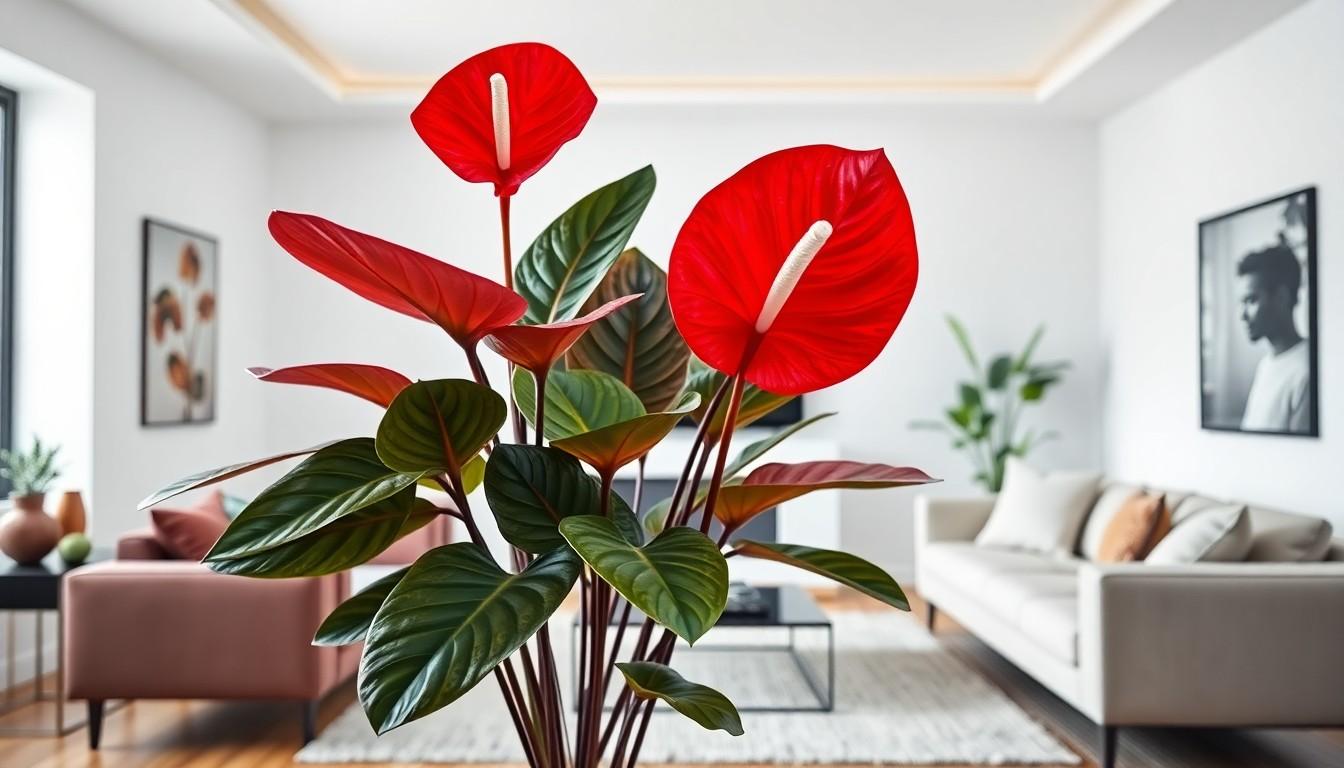
Red indoor plants offer numerous advantages that enhance both aesthetics and health within home environments.
Aesthetic Appeal
Vibrant red indoor plants elevate interior decor, creating striking visual contrasts. Incorporating species like the Red Aglaonema and Anthurium adds dynamic touches to any space. Unique textures and shapes accompany vivid colors, enriching room layouts. Whether set against neutral backgrounds or paired with greenery, these plants draw attention and spark conversation. Their boldness inspires creativity in design choices, making them ideal focal points in living rooms or offices. Displaying these plants not only enlivens spaces but reflects personal style, inviting warmth and energy. For a fun and interactive way to showcase your collection, consider using a slideshow creator to present your red indoor plant arrangements digitally or on social media.
Air Purification
Red indoor plants contribute to improved indoor air quality. Many species naturally filter toxins, promoting a healthier living environment. For example, the Anthurium excels in removing formaldehyde, xylene, and other harmful chemicals. Regular interaction with these plants provides both psychological and physical benefits. Studies indicate that indoor plants can reduce stress and increase productivity, enhancing overall well-being. As they purify the air, these plants create a refreshing atmosphere that supports mental clarity and focus. Embracing red indoor plants bolsters health while elevating decor, merging aesthetics with functionality.
Popular Types of Red Indoor Plants
Red indoor plants add a striking appearance to any space. Several popular varieties stand out for their beauty and ease of care.
Anthurium
Anthuriums feature glossy, heart-shaped leaves and long-lasting bright red blooms. The plant thrives in moderate indoor light, enhancing its vibrant colors. Minimal watering is sufficient, allowing for easy maintenance. Notably, Anthuriums purify air by removing toxins like formaldehyde and xylene. Their unique appearance makes them an ideal focal point in living rooms or offices. Understanding the needs of this plant helps ensure it flourishes indoors.
Red Aglaonema
Red Aglaonema showcases stunning, variegated leaves with deep red and green hues. This plant tolerates low-light conditions well, making it suitable for various indoor settings. Regular watering keeps the plant healthy, but overwatering should be avoided. Aglaonema thrives in moist but well-draining soil. This variety contributes to air quality, helping to remove harmful pollutants. Many appreciate its resilience and ability to adapt to different light levels.
Cordyline
Cordylines display striking red and purple foliage that adds a dramatic touch to any room. The elongated leaves resemble blades, bringing a tropical feel to indoor spaces. Cordyline prefers bright, indirect light, but can tolerate partial shade. Consistent watering is crucial, but allowing the soil to dry slightly between waterings promotes growth. This plant enhances decor while also improving indoor air quality. Its bold appearance attracts attention and complements other ornamental plants effectively.
Care Tips for Red Indoor Plants
Red indoor plants thrive with proper care, ensuring they display their vibrant colors and maintain health.
Light Requirements
Light affects the growth of red indoor plants significantly. Many thrive in moderate to bright indirect light. Providing at least six hours of filtered sunlight leads to optimal growth. Some varieties, like the Red Aglaonema, adapt well to low-light conditions, although leaf color may diminish. Adjusting plant position based on seasonal light changes helps maintain coloration and vigor.
Watering Needs
Watering practices influence the health of red indoor plants. Most plants prefer soil that dries out slightly between waterings. Checking the top inch of soil is effective in determining moisture levels. Overwatering may cause root rot, while underwatering can lead to wilting. Generally, watering every 1 to 2 weeks suits most red indoor plants. Adjusting frequency based on environmental conditions ensures plants remain hydrated without being waterlogged.
Soil and Fertilization
Choosing the right soil promotes strong growth in red indoor plants. A well-draining potting mix encourages healthy root development. Adding perlite or vermiculite improves drainage and aeration in the soil. For fertilization, using a balanced liquid fertilizer every 4 to 6 weeks during the growing season supports vibrant foliage and blooms. Reducing or stopping fertilization in winter allows plants to rest and recover.
Conclusion
Red indoor plants are more than just decorative accents; they bring life and energy to any space. Their striking colors and unique textures create visual interest while enhancing personal style. With minimal care requirements and air-purifying qualities, these plants offer both beauty and health benefits.
Embracing red indoor plants like the Anthurium and Red Aglaonema can transform ordinary rooms into vibrant retreats. By incorporating these bold choices into home decor, individuals can foster a lively atmosphere that promotes well-being. Whether in a living room or office, red plants serve as captivating focal points that uplift spirits and invigorate spaces.
